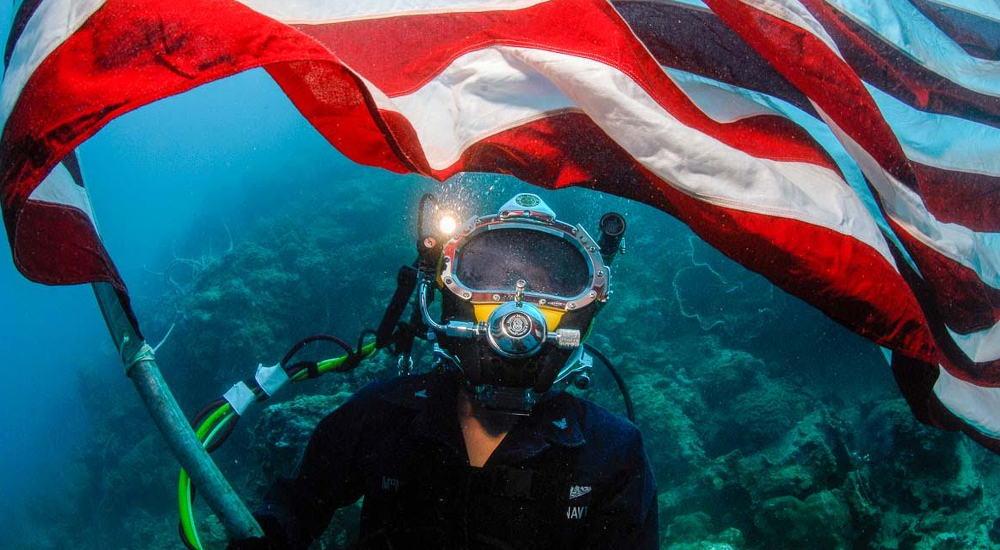"Expectations can cause great disappointment."
Uplifting. Inspirational. Heroic.
Three words that don't even begin to encompass the collaborative effort made by a group of scientists, historians, researchers, and military veterans to scour the depths of the ocean and reach into the furthest nooks and crannies of the earth to search, recover, and return the remains of Americans missing in action since WWII.
Known as Project Recover, the mission began in 1993 when Dr. Pat Scannon, while on a trip to Palau, was shown a 65-foot wing of an American B-24 bomber. Lying in shallow water along the coral island, the locals knew of the piece but not its history. Who was flying this particular plane? When was it shot down? These questions needed answers. A story needed telling.
Chris Woods' To What Remains gives Scannon the accolades he never needed but justly deserves. Beautifully merging history with heroics, the film captures the organization's early work as Scannon attempts to build a database of missing planes, tackling the mission like a scientist. What starts as a one man project morphs into an operation of scientists and volunteers. Often overwhelming for a documentary director, the project evolution is handled with ease, bearing a natural flow that feels organic, almost scripted.
The film, interlaced with historical footage and images taken from service members, provides a wealth of history on the Battle without overwhelming its viewer. The purpose is to shine a light on the enthralling work of Scannon and his team, but providing context to what they are doing is imperative. Woods successfully does that without lecturing, allowing subjects to fill in the blanks and set the stage, their excitement felt as they begin to piece together the story of a recent discovery.
Like any story centered on death and war, To What Remains isn't always cheerful. Though backed by the beautifully tranquil beaches of present-day Palau, the reality in 1944 wasn't as inviting. Burned trees and a strong line of defense sent many soldiers from both sides to early graves. Woods handles the emotion with extreme care, treating the fallen and their families with respect as we bear witness to many of them receiving long-sought closure. It is these moments that hit the hardest. A picture on the mantle is how many honor their family members—for most, an unspeakable situation. Closure opens the door to their story and their legacy.
Much of the film details the search for a single aircraft. Lt. Richard Houle's disappearance bears a mountain of unknowns and unique circumstances. Though it isn't what keeps Scannon and the rest of the workers going, it's a "grail" of sorts, one that aches for closure. But that is the reality of what this group of men and women deal with daily: uncertainty.
Realistically a better story than film, To What Remains plays to your heart and emotions. Shifting between accounts of survivors and MIAs, the film shines a light on an organization that primarily operates without the benefit of the media. Regularly referred to as hell on earth, many have forgotten the Battle of Peleliu - the lost lives and sacrifices rendered. Now they have a reason to remember and a cause to support.

